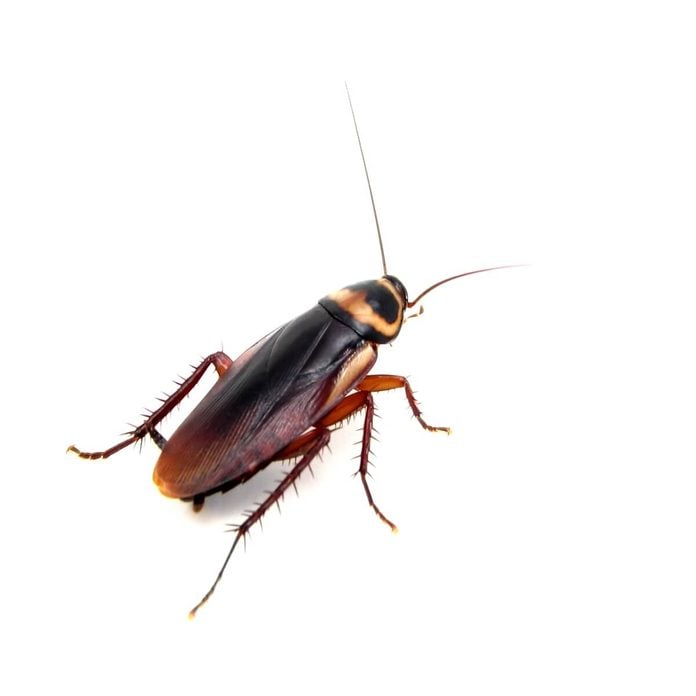
American Cockroach (Periplaneta americana)
Also identified as the water bug, the American cockroach is one of the most common pests infesting homes in the United States. Reddish-brown in color, this cockroach is large and fast, making it quite the nuisance for homeowners. Not only do American cockroaches reproduce quickly, they also live longer than most, with an average lifespan of two years.
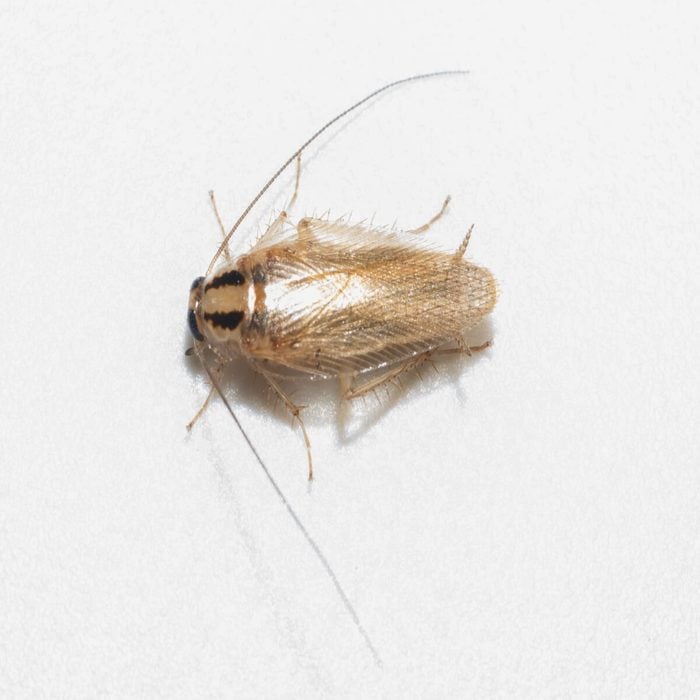
German Cockroach (Blattella germanica)
The most common cockroach in the world, the German cockroach causes a lot of problems. While they struggle to survive in colder climates, they easily find shelter, often invading commercial establishments such as restaurants, hotels and nursing homes. Their color varies from a light brown to near black, with a half-inch body that allows them into small and tight spaces. Given their ability to reproduce faster than any other roach, you need to get rid of this pest as quickly as possible.
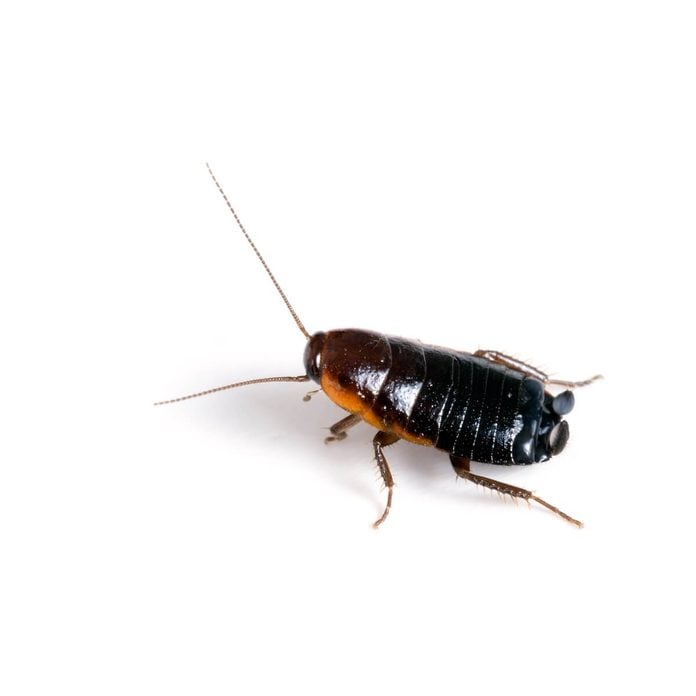
Oriental Cockroach (Blatta orientalis)
Also known as the “Black Beetle,” the Oriental cockroach carries a darker coloration, ranging from brown to nearly all black. This particular roach loves the water, seeking out moist locations such as sewers, sinks, drains, bushes and leaf piles. Oriental cockroach infestations can be difficult to deal with, as they lay their eggs in small, hard-to-reach places like cracks and crevices. Sometimes these roaches require more aggressive forms of treatment to help resolve their intrusions.
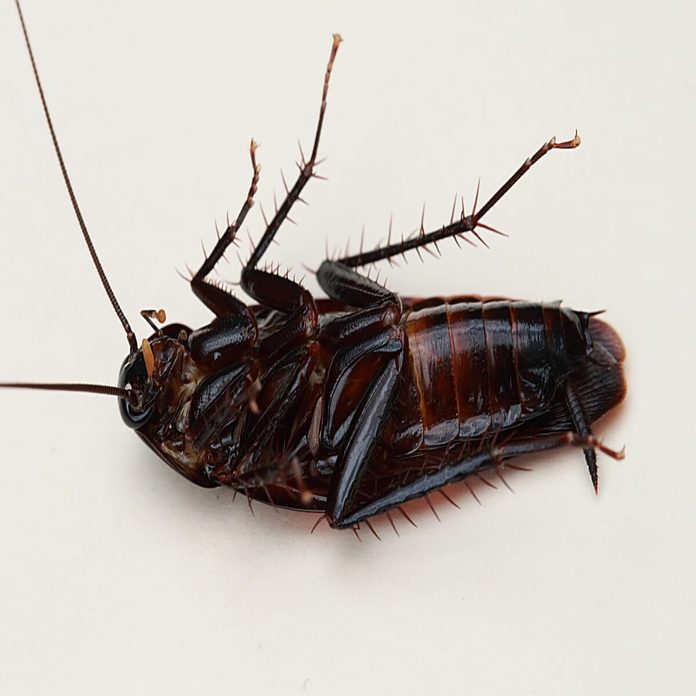
Smokybrown Cockroach (Periplaneta fuliginous)
Slightly smaller than the American cockroach with a reddish-brown exterior, Smokybrown roaches can be found in sub-tropical environments such as Texas, Florida and the rest of the Southeast. Predominantly an outdoor insect, these pests enter the home when attracted to night lights, food or shelter. One of the more aerial species of cockroach, the Smokybrown is common in trees and house roofs, flying from place to place in search of its next ideal home.
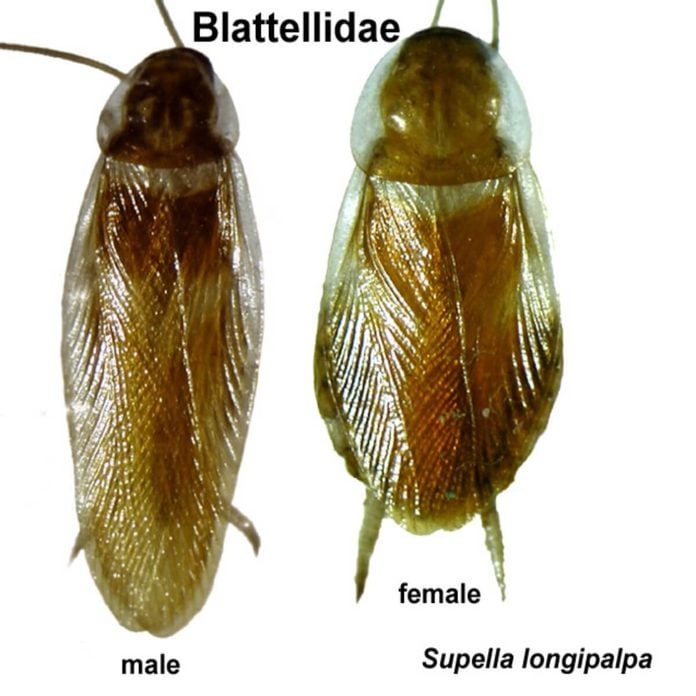
Brown-Banded Cockroach (Supella longipalpa)
If you find cockroaches in a bedroom or living room, you may be encountering the Brown-Banded cockroach. This species differs from other roaches in that they don’t require as much moisture to survive. Therefore, you can find them in dry and warm locations like the living room, hiding under furniture. Distinguishable by two bands around their wings and abdomen, the Brown-Banded cockroach can be found all over the U.S., particularly in the Northeast, Midwest and South.

Florida Woods Cockroach (Eurycotis floridana)
A slow outdoor species, the Florida Woods cockroach can be found outside the home in wood piles, sheds and gardens, usually in the Southeast. It’s known for its a clear hardened back and color ranging from reddish-brown to nearly all black. Partially due to their larger size and lack of wings, the Florida Woods cockroach is slow to move and escape danger. They feast on decaying plant life and can potentially create problems in the yard.
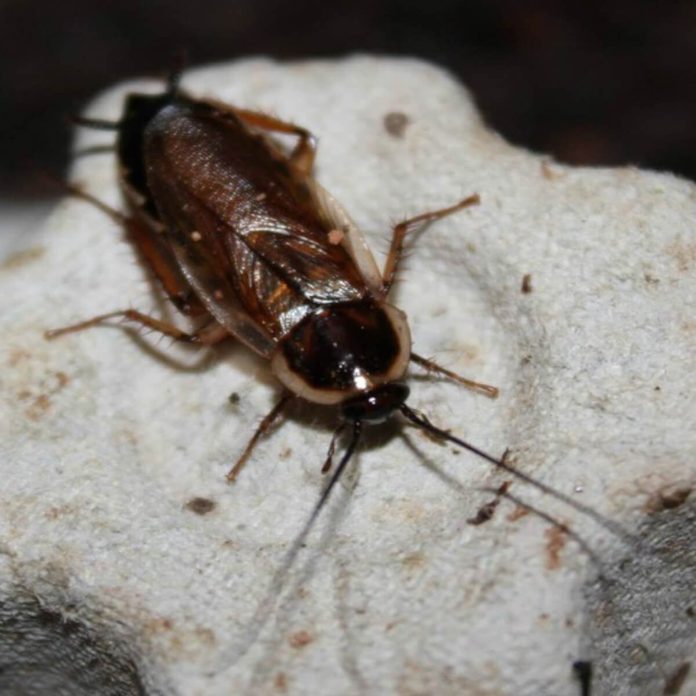
Pennsylvania Wood Cockroach (Parcoblatta pensylvanica)
With color ranging from light brown nearly black, the Pennsylvania Wood cockroach is a common outdoor pest in the eastern U.S. and Central America. These roaches prefer to live outdoors in wood and leaf piles and other locations with decaying organic matter. However, they can be attracted to the light and food within the home, often hitching a ride in garbage and firewood. If bringing anything into the house, check first that this little critter isn’t getting a free ride.
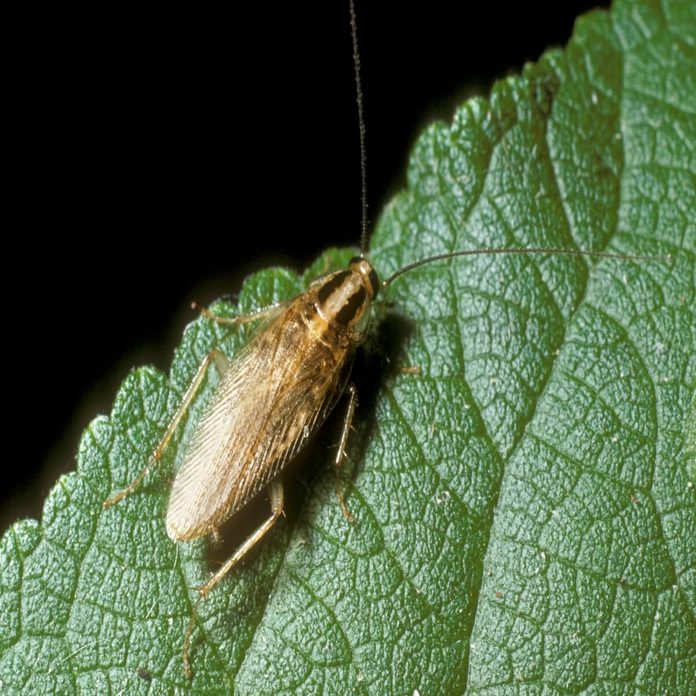
Asian Cockroach (Blattella asahinai)
Similar in appearance to the German cockroach, the Asian cockroach is a more recent inhabitant in the United States, invading homes since the 1980s. Indoor infestations from this cockroach are more rare since they are frequent fliers who spend most of their time outdoors. A landscaping roach, the Asian cockroaches are commonly found in mulch and leaf piles, gardens and other places where organic matter is around.
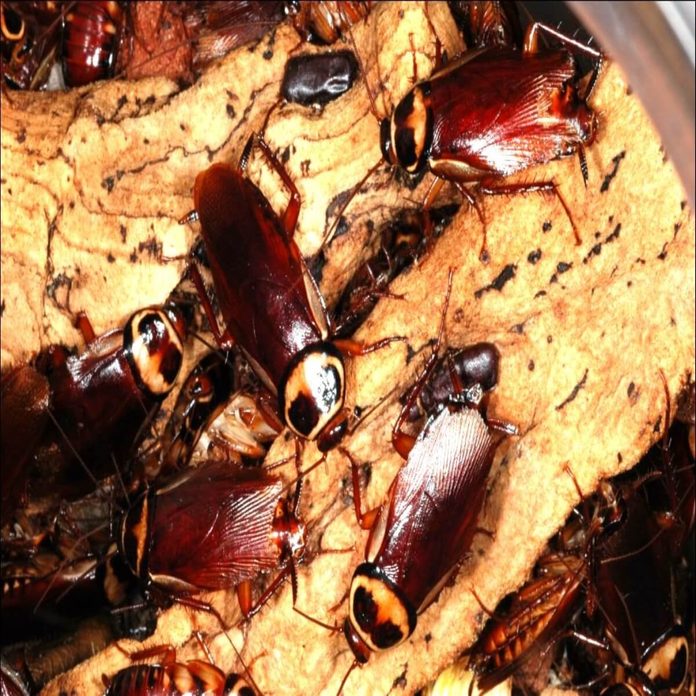
Australian Cockroach (Periplaneta australasiae)
Similar yet slightly smaller than the American roach, the Australian cockroach is a common pest in tropical areas. Intolerant to the cold, this pest can survive in moist and dry environments. While homeowners may find the roach on the outside layers of the home, they can be attracted indoors by food. The Australian cockroach is quite fast, getting where it needs to be quickly and efficiently. They also get around to places all over the world, scavenging in shipments and other forms of transportation.

Madagascar Hissing Cockroach (Gromphadorhina portentosa)
One of the largest roaches in the order, the Madagascar Hissing cockroach is one you might have seen in the movies. Their long and hard exterior combined with its reddish-brown color distinguishes it from others of its kind. The most defining feature is the roach’s ability to hiss when they are disturbed, mating or fighting. While invasive and not typically welcomed in the home, this cockroach is actually a popular pet for some.

Flying Cockroaches
Many types of cockroach have wings, and a few actually fly. Common flying cockroaches include the Asian, Smokybrown, American, Australian and Pennsylvania Wood cockroaches. For the most part roaches only fly short distances, with some even just gliding from higher to lower surfaces. Flying cockroaches will be attracted to the light, entering homes especially at night. If scared or in danger, the true aerial roaches will use their flight to escape those situations.

Cockroach Resources
For more information about cockroaches and what it means when you find this pest in your home or business, check out these pest control articles.
- Types of Cockroaches
- American Cockroach
- German Cockroach
- Oriental Cockroach
- Smokybrown Cockroach
- Brown-Banded Cockroach
- Florida Woods Cockroach
- Pennsylvania Woods Cockroach
- Asian Cockroach
- Australian Cockroach
- Madagascar Hissing Cockroach
- Flying Cockroaches
Sources
- https://extension.umn.edu/insects-infest-homes/cockroaches
- http://ipm.ucanr.edu/PMG/PESTNOTES/pn7467.html